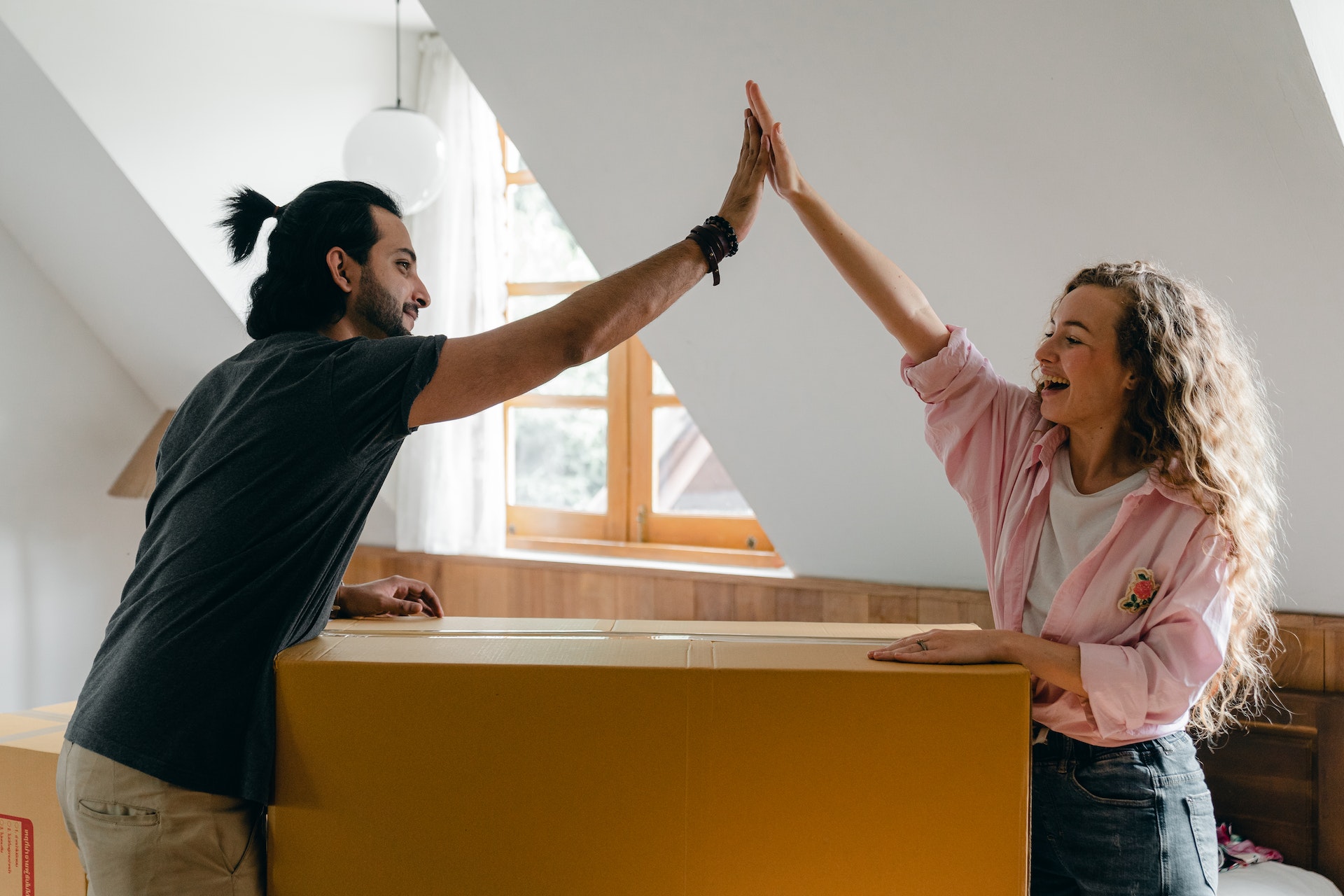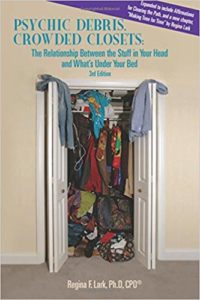If you’re living with ADHD, you’re probably no stranger to the challenges of keeping your living or working space organized. But did you know that decluttering and organizing can benefit those with ADHD in more ways than one? In this article, we’ll explore ADHD’s impact on organizational skills. We will also delve into the benefits of maintaining a tidy environment. Our goal is to shed light on how decluttering and organizing can enhance your quality of life. And our insights and practical tips will help you take control of your surroundings. So, whether you’re struggling with managing your daily tasks or simply seeking ways to improve your focus, read on to discover the transformative power of a clutter-free space for individuals with ADHD.
How ADHD Affects Organization Skills
ADHD, or Attention Deficit Hyperactivity Disorder, can significantly impact an individual’s organizational skills, often leading to chronic disorganization. This disarray can manifest itself in various ways, making it difficult for those with ADHD to maintain a tidy environment.
Some common organization challenges faced by individuals with ADHD include:
- Difficulty prioritizing tasks: People with ADHD often struggle to determine which tasks are most important, leading to an accumulation of unfinished projects and clutter.
- Procrastination: The overwhelming nature of organizing can cause people with ADHD to put off tasks, exacerbating disorganization.
- Easily distracted: ADHD can make it difficult for individuals to stay focused on a single task, resulting in clutter as items are left unfinished or out of place.
- Forgetfulness: Forgetting to complete tasks or misplacing items is common for those with ADHD, further contributing to disorganization.
Understanding these challenges is the first step towards developing effective de-cluttering and organizing strategies tailored to the unique needs of individuals with ADHD.
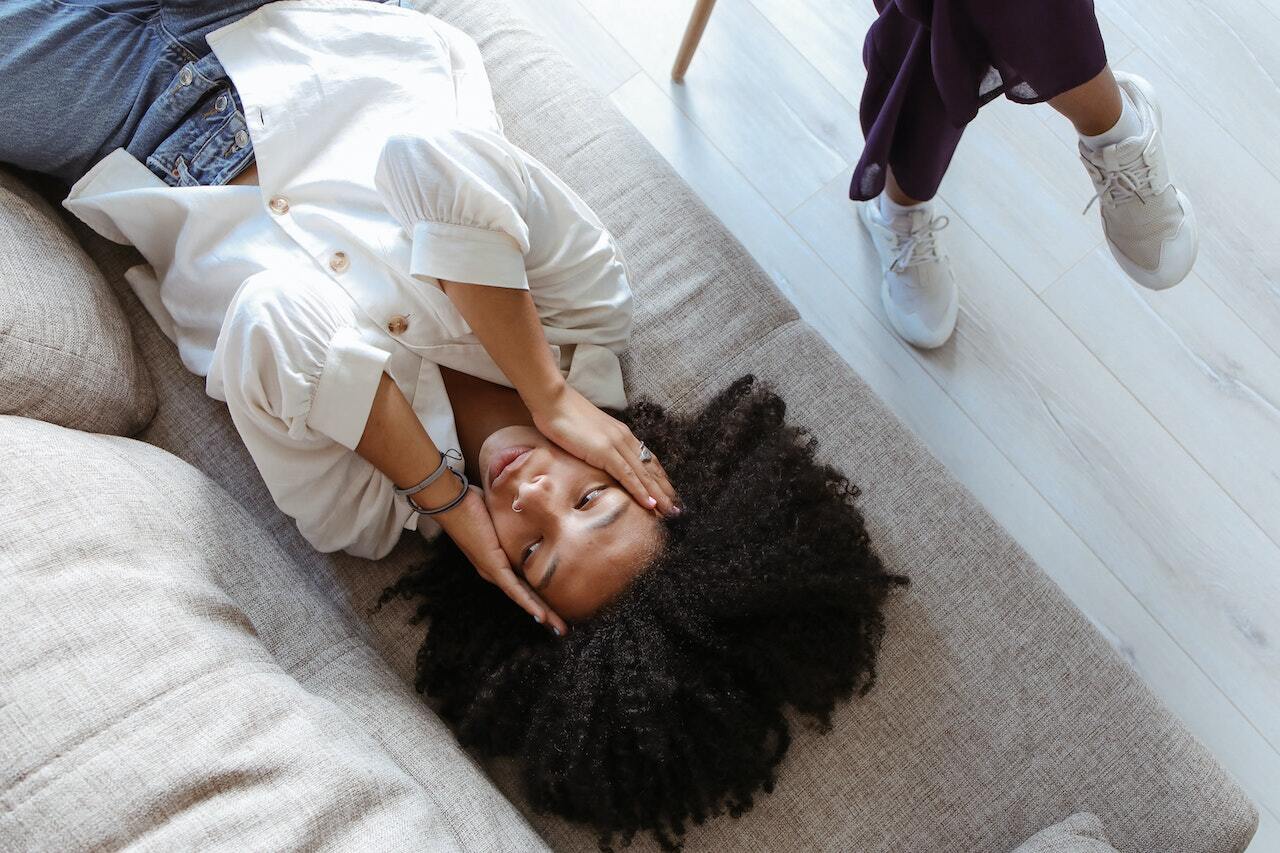
People with ADHD may often find themselves frustrated that they cannot accomplish things in the way they want.
Ways decluttering and organizing can benefit those with ADHD
Now that we’ve explored how ADHD affects organization skills let’s dive into the ways decluttering and organizing can benefit those with ADHD. You might be surprised to learn just how transformative a tidy environment can be for individuals facing these challenges.
Reduced Stress and Anxiety
One of the most significant ways that de-cluttering and organizing can benefit those with ADHD is by reducing stress and anxiety. A cluttered environment can contribute to feelings of overwhelm and unease, making it difficult to focus and complete tasks. By maintaining a tidy and organized space, you can alleviate some of the stressors that lessen ADHD symptoms. This is particularly important in situations like relocating, where packing clothes when moving can become a daunting task. By having an organized system in place, you can easily prepare your clothes for transport without feeling overwhelmed. Once you know where each item’s “home” is, it gets much easier to give it a new one.
Improved Focus and Productivity
Decluttering and organizing can greatly improve focus and productivity for individuals with ADHD.
Some ways that an organized environment can enhance focus and productivity include:
- Minimizing distractions: A clutter-free space reduces visual distractions, allowing you to maintain focus on your work.
- Streamlining tasks: Organizing your belongings and creating designated areas for specific tasks can make it easier to complete them efficiently. Furthermore, you can utilize technology to help you stay even more productive and organized.
- Promoting a sense of control: A well-organized environment gives you a sense of control over your surroundings, leading to improved focus and motivation.
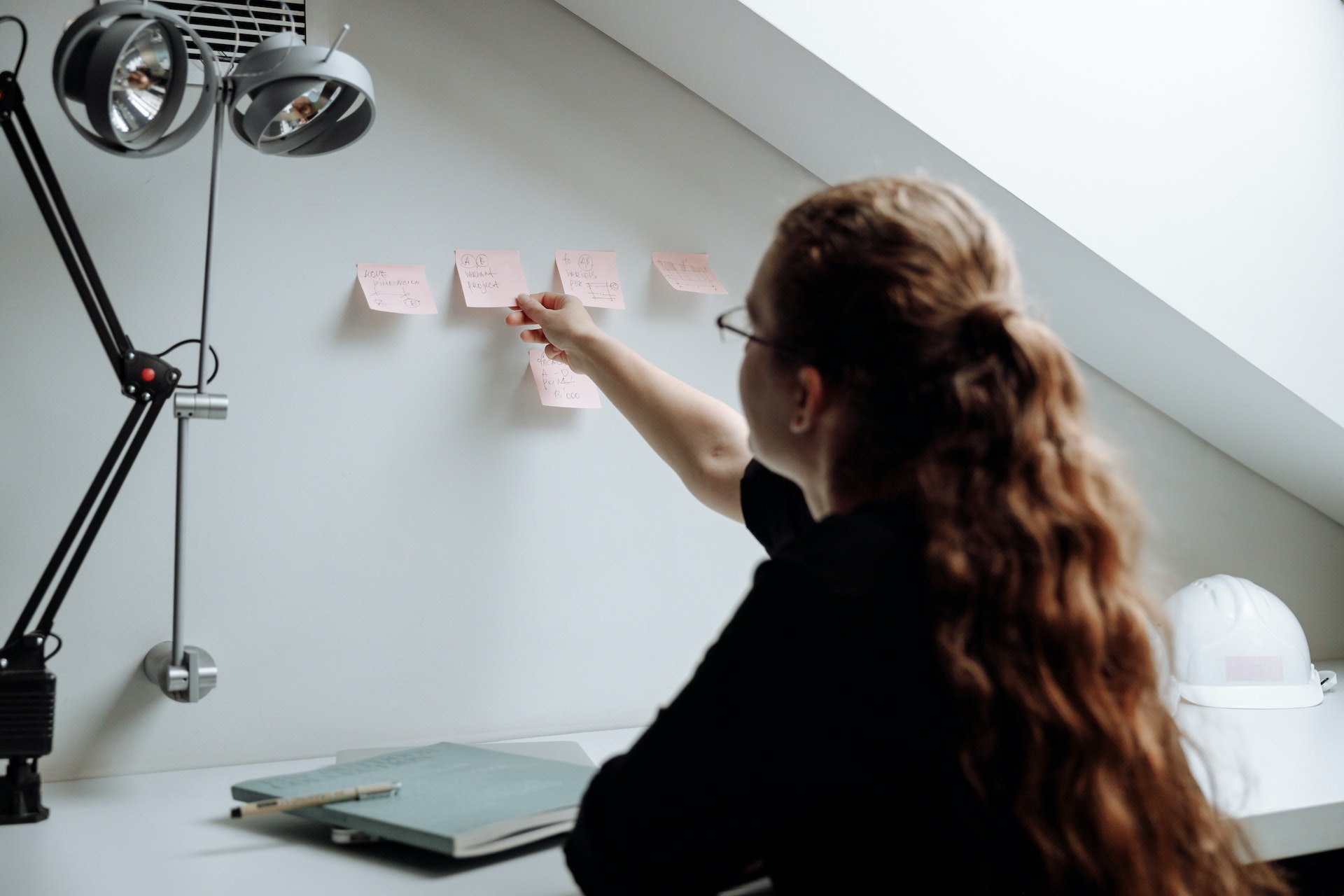
Better Time Management
Another way decluttering and organizing can benefit those with ADHD is by promoting better time management. Individuals with ADHD often struggle with managing their time effectively, which can lead to procrastination and missed deadlines. Therefore, clearing clutter from your environment can significantly improve time management by reducing the number of distractions and items that demand your attention. With less to worry about and think about, you can focus more on staying on schedule, meeting deadlines, and completing tasks in a timely manner. Overall, a clutter-free environment enables you to concentrate on what’s truly important, helping you better manage your time and stay on track with your responsibilities.
Enhanced Sleep
Decluttering and organizing your living space can positively impact sleep quality, which is essential for individuals with ADHD. A clean, organized bedroom creates a calming atmosphere, helping you relax and unwind more easily at day’s end. Clutter-free surroundings also minimize distractions and reduce your mind racing with thoughts about unfinished tasks or disorganized items. Moreover, by having an orderly space, you can establish a more consistent bedtime routine, further enhancing your sleep quality. And improved sleep contributes to better overall well-being, helping to regulate mood, increase focus, and reduce impulsivity, all of which are crucial for managing ADHD symptoms.
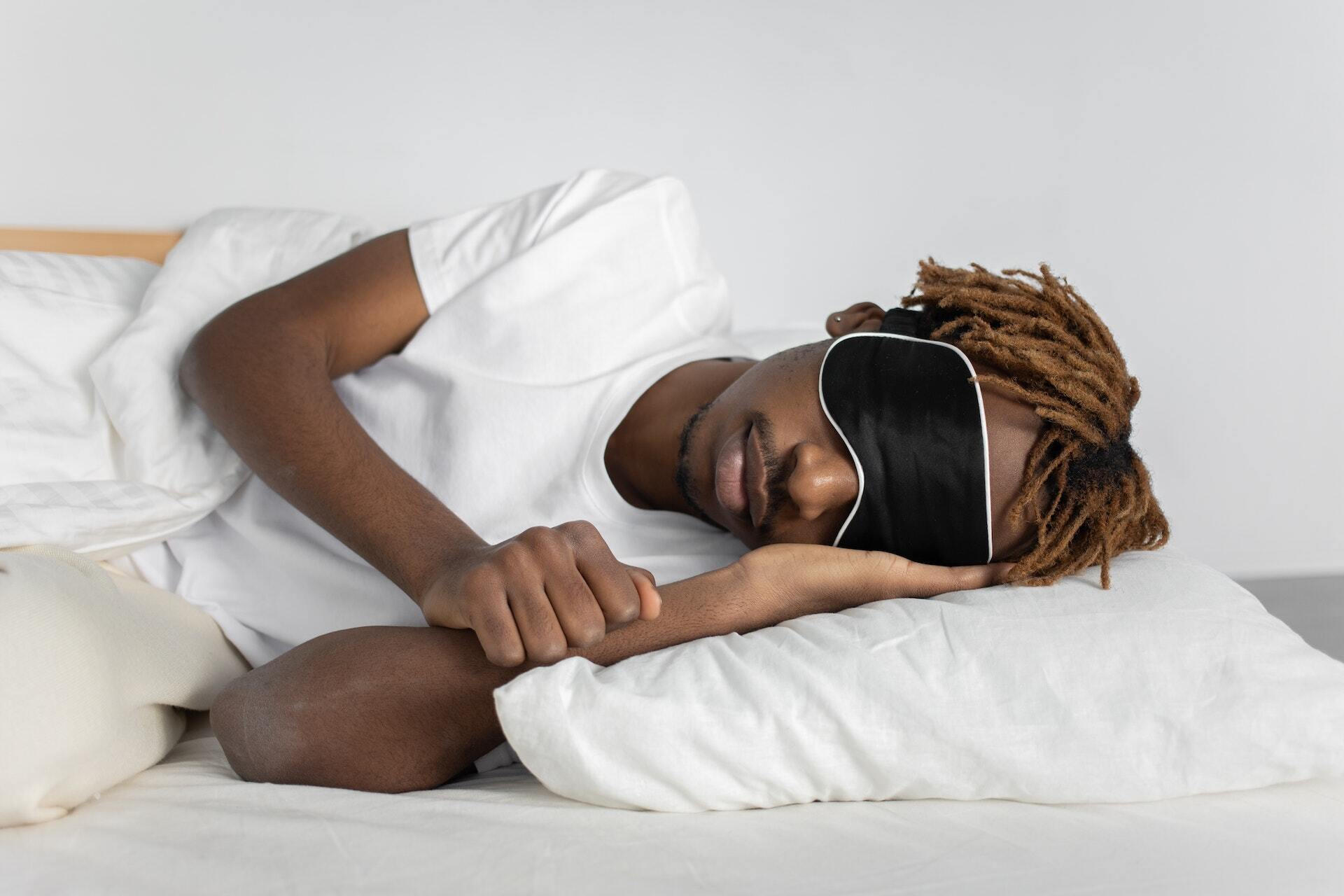 Sleep quality benefits greatly from a tidy environment.
Sleep quality benefits greatly from a tidy environment.
Increased Independence and Self-esteem
An organized space, particularly when combined with downsizing, can lead to increased independence and self-esteem for those with ADHD. A smaller, organized space is easier to manage and reduces the potential for overwhelm while also promoting a sense of control and mastery over your surroundings. With that in mind, it’s possible to organize your living space regardless of its size; however, individuals with larger homes may face greater challenges in achieving organization. And, as you become more adept at managing your environment, you’ll likely experience a boost in self-confidence and independence, knowing that you can effectively handle your day-to-day responsibilities. This newfound self-assurance can have a ripple effect, positively influencing various aspects of your life, including personal relationships, work performance, and overall well-being. Embracing organization and making thoughtful choices about your living space can be transformative in managing ADHD and fostering a greater sense of self-worth.
Practical Tips for Decluttering and Organizing with ADHD
In conclusion, decluttering and organizing can benefit those with ADHD in many ways, and implementing practical strategies can help make the process more manageable. Here are some helpful tips to keep in mind:
- Break tasks into smaller, manageable steps
- Set specific goals and deadlines
- Use labels and clear storage containers
- Create designated spaces for frequently used items
- Implement a daily and weekly cleaning schedule
By incorporating these strategies, you can create a more organized and functional living space. This will make it easier to navigate daily life with ADHD. However, if you, at any point, need help to create an environment you can thrive in, do not hesitate to ask for help. Lastly, remember that consistency is key, and with continued practice, you’ll find that maintaining a clutter-free environment becomes second nature.

